2 Reasons the 2023 BMW M2 is the Best Drivers’ BMW, and 2 It Isn’t

BMW fans have a lot to celebrate with the 2023 M2.
We here at AutoGuide have experienced the car on a few separate occasions, both on the road and on track. While we have our reservations about certain aspects of the little coupe, the fact remains that it’s a brawny little nugget of a car, one BMW didn’t have to build given the SUV-crazed market.
Since we’re so mixed on the smallest full-on M product—and we enjoy symmetry—we’ve boiled it down to a list: two reasons the M2 is the best current BMW for driving enthusiasts, and two reasons it isn’t.
Pro: Affordable (ish)
It feels strange to call a vehicle that lists for over $60,000 (or very nearly $80k in Canada) affordable, but that’s the reality of modern times. Unlike some other luxury models, however, the M2 is pretty much golden right out of the box, needing precious few boxes ticked to deliver its best experience. Want the carbon-backed bucket seats? Go for ‘em, but the standard thrones are both supportive and comfortable on the daily-driving side.
The M2 doesn’t exist in a vacuum either: scan the market and there are precious few options boasting these sorts of specs. What else is offering 453 horsepower or thereabouts, with a matching number of doors and driven wheels? Your choices are basically American muscle car—two of which say goodbye over the next 12 months—and the automatic-only Nismo Z.
Con: Curb weight
Three thousand, eight hundred and fourteen pounds. That’s the official curb weight of the M2 with the six-speed manual (1,730 kilograms); the auto adds another 53 lb (24 kg).
Basically, it’s a chonker. In fact, the M2 is one larger bowling ball away from the M4 (3,830 lb / 1,737 kg), and around 100 lb (45 kg) heavier than the much, much larger 2024 Ford Mustang GT.
Sure, the magic of modern tire development means the M2 turns in and holds on with tenacity—but you feel the weight after the initial movement. Plus, all that extra poundage will translate into more wear and tear on consumables.
Pro: Rear drive, last stick shift
We get the appeal of all-wheel drive in performance cars, we do. With ever-increasing power figures, an extra driven axle helps tame those wild horses. AWD also provides engineers with more options to help out drivers looking to hustle their pride and joy.
But we dig the purity of a rear-drive coupe, especially one with a manual transmission. BMW has already confirmed the latter’s days are numbered, too: the M2 will be the last new manual-transmission M product—and presumably BMW—to launch.
Con: The GR Supra exists
Are we tired of the “Supra is a BMW” shtick? Yep.
But hear us out: if you want a stylish two-door with a three-pedal solution and a version of the best inline-six currently in production, well, your friendly local Toyota dealership has just the ticket. The GR Supra is down 71 hp on paper, but this is a BMW B58 we’re talking about; it’s almost certainly pushing out 400-plus. Since the Supra’s lugging around 400 fewer pounds, it’s just as quick in most every situation that doesn’t involve a track.
The lighter curb weight makes the Supra more fun to toss around too, with a pointy chassis balance that gets the tail involved in a way that’s progressive and predictable.
Beyond that, the GR Supra is more affordable and better on gas. You’ll have to settle for an older iDrive infotainment setup in slightly different duds, not to mention badge kudos, but Toyota has built a coupe with a notably different personality from the mini-M4 feel of the M2.
Become an AutoGuide insider. Get the latest from the automotive world first by subscribing to our newsletter here.

Kyle began his automotive obsession before he even started school, courtesy of a remote control Porsche and various LEGO sets. He later studied advertising and graphic design at Humber College, which led him to writing about cars (both real and digital). He is now a proud member of the Automobile Journalists Association of Canada (AJAC), where he was the Journalist of the Year runner-up for 2021.
More by Kyle Patrick





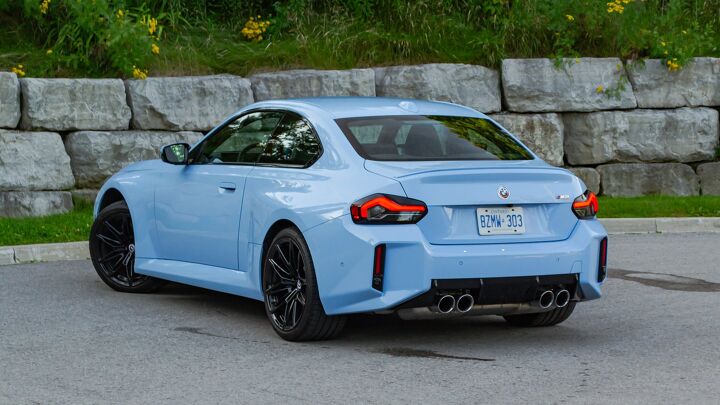














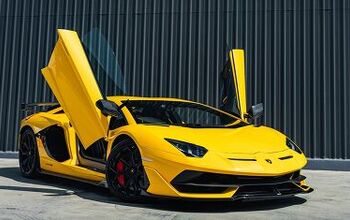


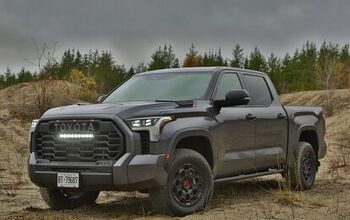


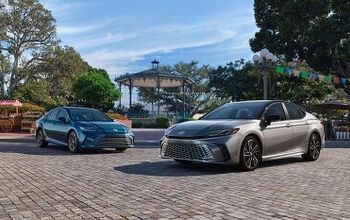
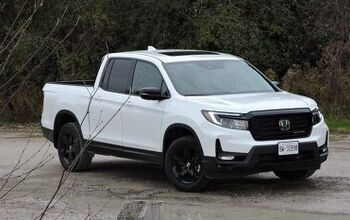




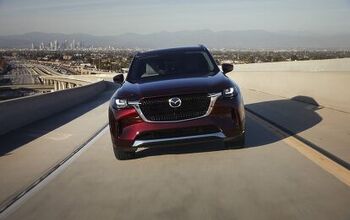



Comments
Join the conversation